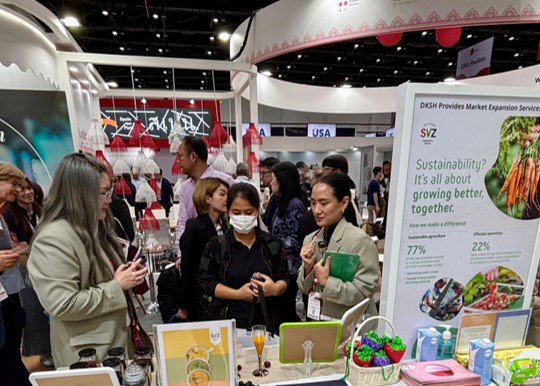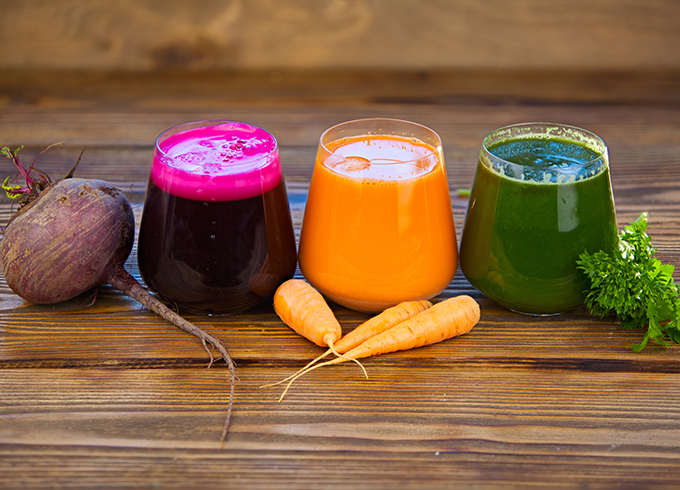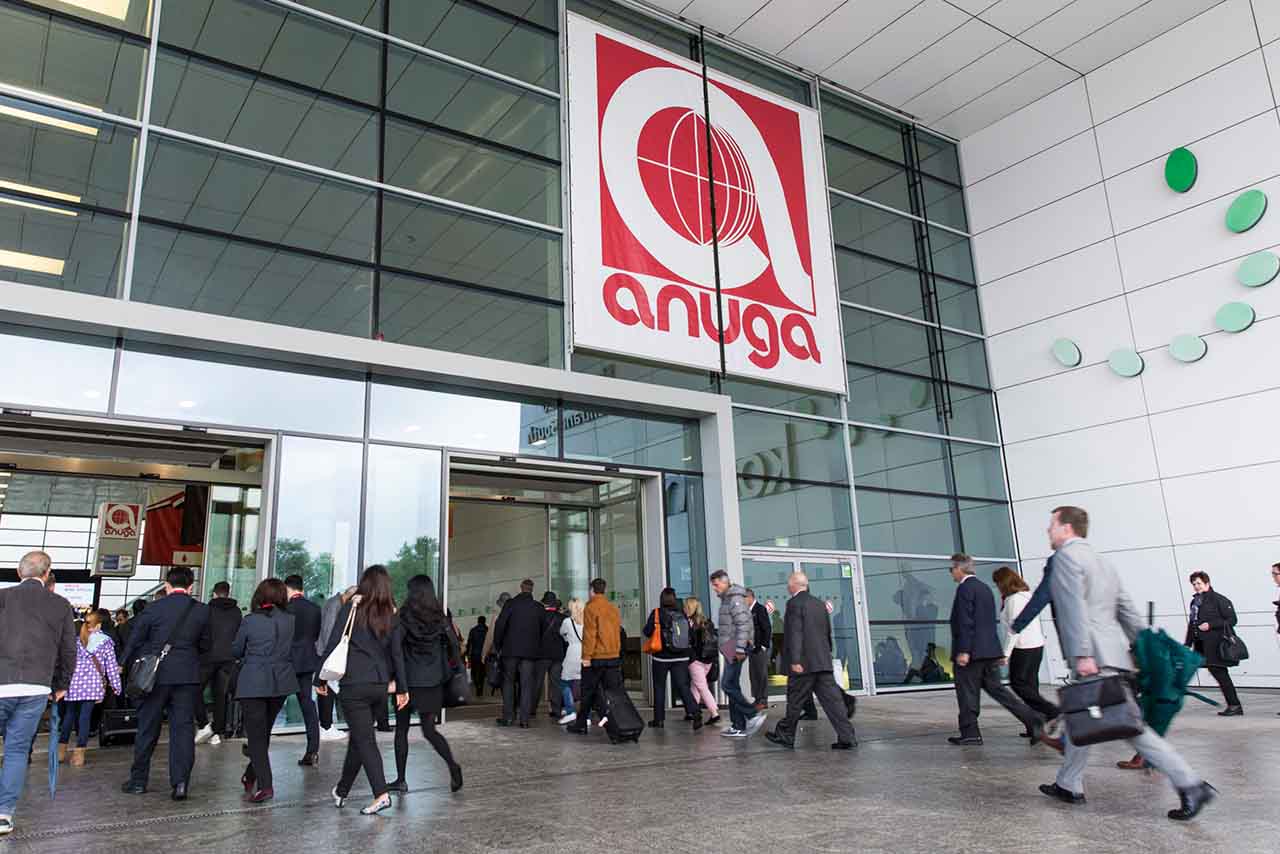Sweet shift: Juice trends in APAC

In the ever-evolving landscape of Asia Pacific’s beverage market, a quiet revolution is brewing. Health-conscious consumers are seeking beverages that promise more than just refreshment – with taste, health and natural goodness in every sip. Juices are stepping into the spotlight, providing nutrients, vibrancy and functional benefits. But what’s driving this shift and how can innovators stay ahead of the curve?
In this blog, we’ll explore the factors fueling the steady growth of the APAC juice market, and dive into the rising stars of the juice world – red fruit and vegetable bases – to uncover how changing attitudes towards sugars and sweeteners are reshaping the industry. Join us as we squeeze out the insights that will help you tap into this juicy opportunity.
APAC thirsts for healthier beverages
100% juice is seeing dynamic growth in several APAC countries, albeit sometimes from a low sales base. Many consumers view juice, especially not-from-concentrate (NFC) 100% juice, as a healthier option than carbonated beverages.[1] This trend aligns with the broader APAC demand for functional beverages, with 38% of adult consumers actively seeking drinks designed to improve overall health or specific body functions.[2]
Red fruits and vegetables: Meeting healthy juice demand in APAC
The growing health consciousness in APAC has led consumers to seek juices offering both nutritional benefits and lower added sugar content, such as red fruit and vegetable-based options. Red fruits, rich in dietary fibre, vitamins, minerals and phytochemicals, cater to the APAC consumer’s desire for functional beverages. Their potential to reduce inflammation resonates with the health-conscious,[3] particularly in countries where juice is valued for its perceived healthiness. [4]
Vegetable-based juices also provide a solution to sugar concerns that have traditionally limited juice growth in APAC.[5] By replacing high-sugar fruit bases like apple with lower-sugar vegetable alternatives such as cucumber or carrots, manufacturers can significantly reduce the overall sugar content of their juice products. This strategy addresses a key challenge in the market: while sugar concerns have constrained juice growth, consumers are simultaneously drawn to juices as a quick and convenient source of nutrition. Vegetable juices strike this balance by typically containing less sugar than fruit juices while still offering rich nutritional profiles. Options including carrots and leafy greens like spinach vegetables ingredients are associated with greater heart-health benefits than conventional fruit-based juices,[6] appealing to consumers seeking functional beverages.[7] To capitalise on this trend, manufacturers should focus on highlighting the nutritional value of their juice products, emphasising how vegetable bases can deliver essential nutrients with lower sugar content.
Shifting attitudes towards sugars and artificial sweeteners
While concerns about sugar content in juices persist, they are gradually subsiding as consumers become increasingly wary of artificial sweeteners. The World Health Organization’s recent classification of aspartame as a ‘possible carcinogen’ has potentially impacted sales of sugar-free soft drinks containing this artificial sweetener, leading consumers to seek alternatives like real fruit juices.[8]
This shift is particularly evident in the APAC region. In India, up to 40% of shoppers say ‘no artificial ingredients’ is the most important factor they consider when selecting a juice or juice drink, with similar sentiments echoed by consumers in South Korea and many other countries across the region.[9]
In the APAC market, manufacturers are prioritising the nutritional aspects of juices and clearly labelling ingredients to attract health-conscious consumers. The focus on natural, functional beverages is particularly appealing to younger demographics who are looking for convenient ways to supplement their nutrition amidst busy lifestyles.
In conclusion, the juice market in APAC is poised for continued growth, driven by consumers’ desire for healthier, more natural beverage options. As awareness of the benefits of ingredients like red fruits and vegetable juices increase, and concerns about artificial sweeteners persist, we can expect to see juice solidify its position as a favoured functional beverage in the region.
For manufacturers looking to capitalise on these trends, SVZ provides a wide range of high-quality fruit and vegetable ingredients to support your product development. If you’re ready to create innovative, health-focused juices that meet the evolving demands of APAC consumers, get in touch today.
[1] Euromonitor International. Juice in Asia Pacific Report 2023.
[2] Packaged Facts. Functional Beverages: Market Trends and Opportunities Report, 2nd Edition, 2023.
[3] Wallace, T., Bailey, R., Blumberg, J., Burton-Freeman, B., Chen, C., Crowe-White, K., Drewnowski, A., Hooshmand, S., Johnson, E., Lewis, R., Murray, R., Shapses, S., & Wang, D. (2020). Fruits, vegetables, and health: A comprehensive narrative, umbrella review of the science and recommendations for enhanced public policy to improve intake. Critical Reviews in Food Science and Nutrition, 60, 2174 – 2211. https://doi.org/10.1080/10408398.2019.1632258
[4] Euromonitor International. ibid
[5] Mintel. A Year of Innovation in the Juice and Beverage Concentrates Market Report 2021.
[6] Zurbau, A., Au‐Yeung, F., Mejia, S., Khan, T., Vuksan, V., Jovanovski, E., Leiter, L., Kendall, C., Jenkins, D., & Sievenpiper, J. (2020). Relation of Different Fruit and Vegetable Sources With Incident Cardiovascular Outcomes: A Systematic Review and Meta‐Analysis of Prospective Cohort Studies. Journal of the American Heart Association: Cardiovascular and Cerebrovascular Disease, 9.
[7] Packaged Facts. Functional Beverages: Market Trends and Opportunities Report, 2nd Edition 2023
[8] What WHO aspartame ruling means for sugar-free soft drinks. The Grocer UK. 18 July 2023 What WHO aspartame ruling means for sugar-free soft drinks | Analysis and Features | The Grocer
[9] Mintel. A Year of Innovation in the Juice and Beverage Concentrates Market Report 2023.


